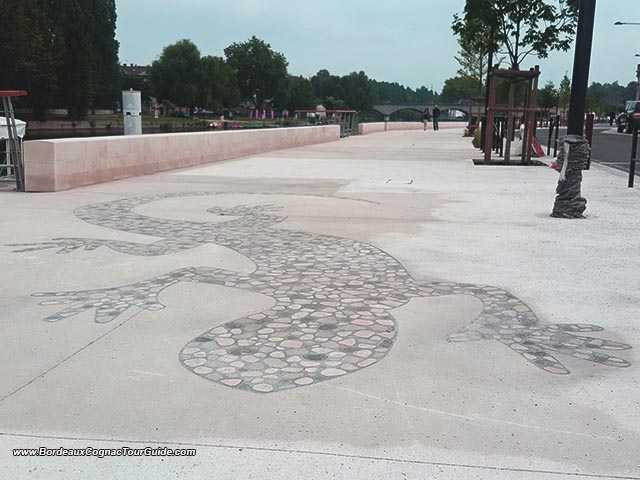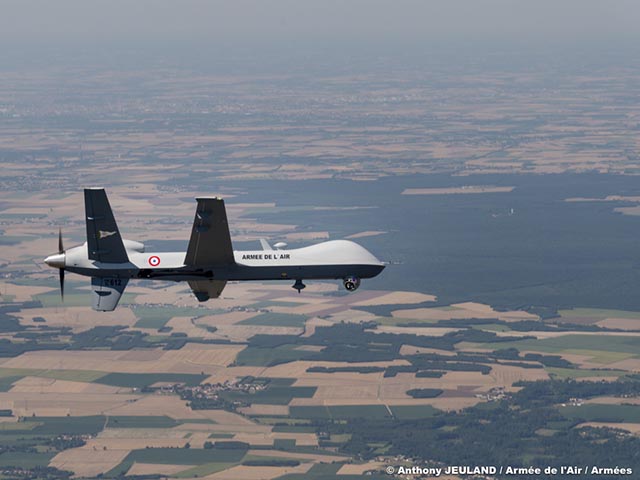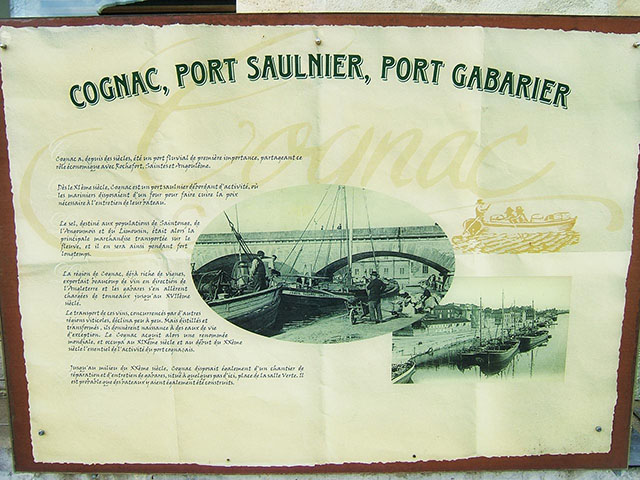3 unusual anecdotes you did not know about Cognac
I bet you didn't know that the Cognac city kept these few secrets among many others.
Today I offer you 3 anecdotes about Cognac city as it is not only the city that gave its name to one of the most famous brandies in the world!
???? A king made in Cognac... And not just any king! King François Ist, THE French Renaissance king, born in Cognac...
Five centuries after his advent, Francis I (1494-1547) remains one of the most popular of our french kings... Protector of the arts, prince knight and monarchy builder, he is THE king of the Renaissance!
And he is the only king MADE IN COGNAC!
François I was born here in 1494 in the medieval castle of Cognac that is now housing Cognac Otard. He spent part of his childhood in Cognac and left the spot at the age of 4 to be raised at the court of Louis XII. However he did not forget his hometown and he gave a lot of privileges and money to the city of Cognac.
Above all, it is important to know that there was no wau to Guess that young François, son of Charles of Angoulême and Louise of Savoy, would wear the crown of France one day. It was by a combination of circumstances that he became, in 1498, at the age of 4, the first prince of the blood, heir to the throne. From then on, he left Cognac with his mother, asked by King Louis XII to settle in Amboise.
Francis Ist lived only a short time in his native town. But he does not forget that. As soon as he came to power, in 1515, he established the county of Angoulême as a duchy. He granted the cities of Angoulême and Cognac many exemptions, franchises and privileges. Today, I guess we would call it a "tax haven"!
Until 1530, Francis I often came back home. In 1520, he gave a amazing banquet there for cardinals, ambassadors and great personalities which cost a real fortune! In 1526, after his captivity in Madrid, he stopped and rested in Cognac. It was here, probably on the initiative of the Regent Louise of Savoy, that the emissaries of the King of England, the Pope, the Venetians and the Florentines united with him against the Emperor Charles V. This alliance also bears a name that can be found in French history books: "the League of Cognac".

Do you know why Francis I chose the salamander as his emblem?
In the Middle Ages, the salamander invaded the bestiary of magical and legendary animals. In addition to being able to live both on land and in the water, it was also given the ability to resist fire! I let you imagine that the salamander thus somehow mastered the elements and took on a mythical, even mystical character...
And so it is because of him that you can see salamanders everywhere in Cognac! Even on the pavements!
???? Cognac, an air base and the headquarters of France's only military drone regiment
Cognac Châteaubernard air base 709 (BA 709) which cannot be missed when you arrive in Cognac from the south....
The base has an aerodrome and is home to the Air Force Flying School (EPAA). In this Air Force school, future fighter or transport pilots of the French Air Force learn to fly after their initial training in Salon de Provence.
On 1 August 1993, the 33rd Reconnaissance Wing including the reconnaissance squadrons 1/33 "Belfort", 2/33 "Savoie" and 3/33 "Moselle" , and the equipped with Mirage F1-CR was disbanded on the former airbase 124 of Strasbourg-Entzheim. 26 years later, this wing has just been officially reactivated by the French Air Force at air base 709 in Cognac.
It is now known as the Surveillance, Reconnaissance and Attack Wing (ESRA). The 1/33 Belfort UAV squadron, created in 2010, is the French Army's first military UAV squadron. It has inherited the traditions of the 1/33 Belfort Reconnaissance Squadron. 33 Wing has swapped its reconnaissance aircraft for MALE MQ-9 Reaper UAVs.
To be honest, I am unable to let you know exactly how many military drones France has but it would be around 6 of them. 2 are based in Cognac for the learning site and 4 in surveillance operations (Niger in 2018-2019 for Operation Barkhane).

It is clear that things will change rapidly since 6 Reaper drones will be ordered for 2020/2021.
For your information, a MQ-9 Reaper drone is still something : high on "legs" and with a wingspan of about 20 meters, a 900 horsepower engine for a baby of just a little bit more than 4 tons! It is recognizable by its "ball", a concentration of optical and electronic sensors; some would say it looks like a whale...
Thanks to their autonomy, 3 Reapers can monitor the entire Sahelo-Saharan strip, collecting valuable information on the presence and activities of terrorist groups.
A Reaper drone is piloted from the ground by four crew members. The drone completes an eight-hour mission. The four crew members are replaced every two hours.
???? "white gold" dealers: Cognac was a a big salt storehouse !
In Cognac, one of the oldest streets in the town is called "Saulnier": "saulnier "as salt, an old french word for "salt merchants", that's the origin of the word!
Cognac thus keeps the memory of this product which has long been essential to life because the city was in the Middle Ages a trading hub for what was called the "white gold".
Because of its geographical location on the Charente, sea salt collected from the Aunis coast and distributed throughout central France (the inland people) necessarily transited through Cognac.
Here one paid a tax, the quint (20%) and then had complete freedom of trade. It was quite a godsend for the merchants! They set up vast warehouses and created a salt trading port.
The virtues of the trade have been known here for a long time, and the salt trade has once created societal and mental dispositions that later allowed the development of the wine trade when legislative reforms in the 16th century made Cognac lose all the advantages it had until then.
In the 16th century, the salt trade came to an end in Cognac, as the Saulnier port was then more a district of granaries and storage, not housing. Little by little, the district was to change and elegant residences appeared to replace the salt storehouses.
The district kept its commercial vocation by exporting wine and then brandies. The first merchants set up their premises there, this time building them on the back of the urban plots, in order to better display the decoration on the main street facades.

Thank you for reading until the end !
If you have any question about Cognac city, feel free to leave a coment below !
If you plan to come soon to Cognac, do not hesitate to ask a free quote for your Cognac tasting tour !
South of France, Cognac, French history, Licensed Tour Guide
Terms & Conditions
Report